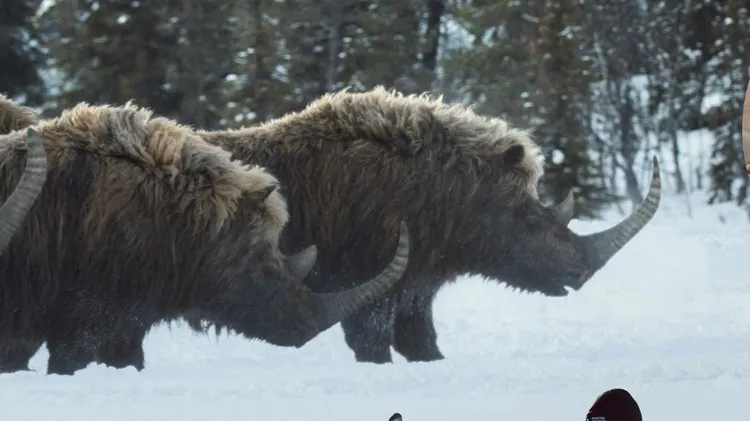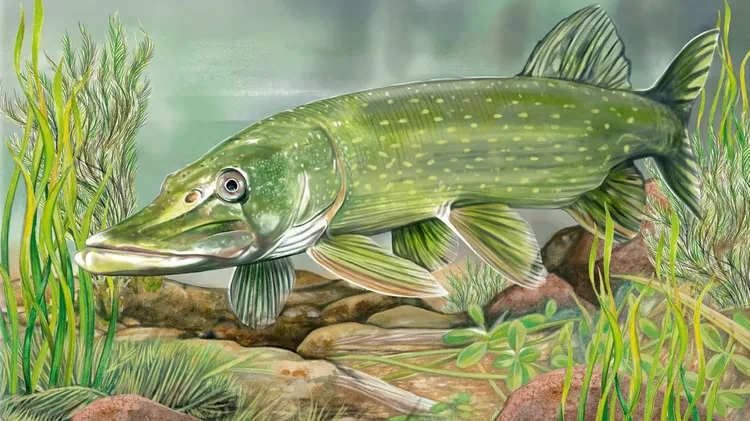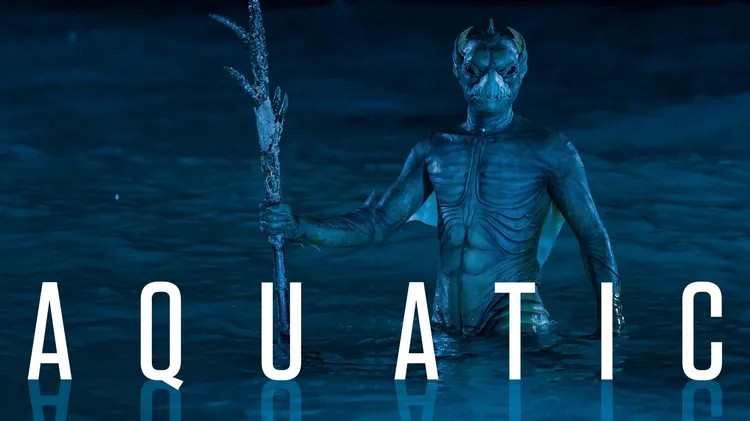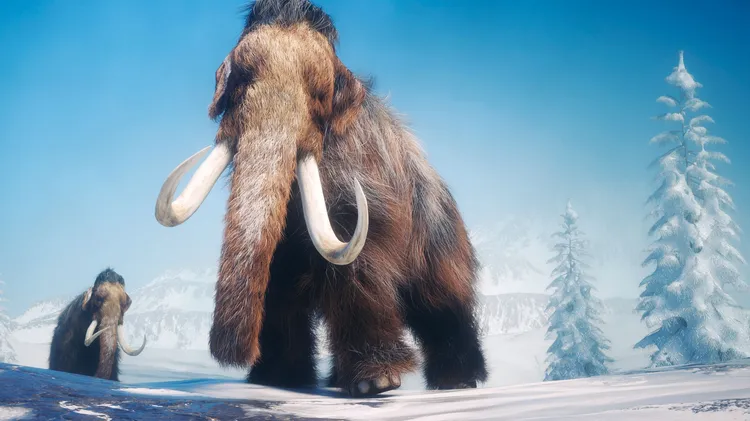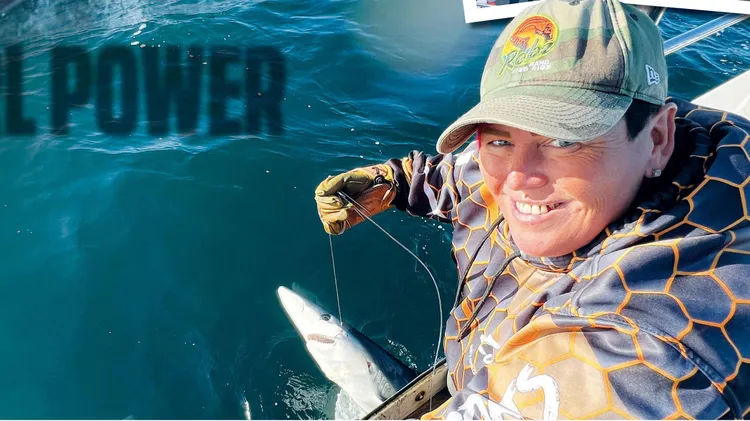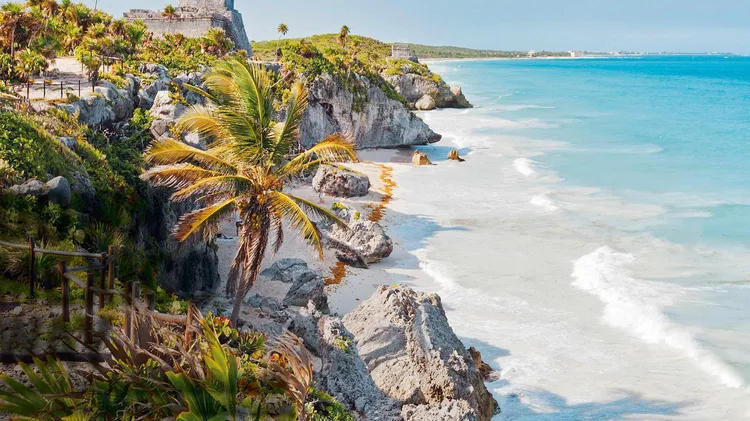An extraordinary fossil found in the UK is revealing the secrets of a predator that
Sea rex
7 min read
This article is from...
Read this article and 8000+ more magazines and newspapers on Readly

